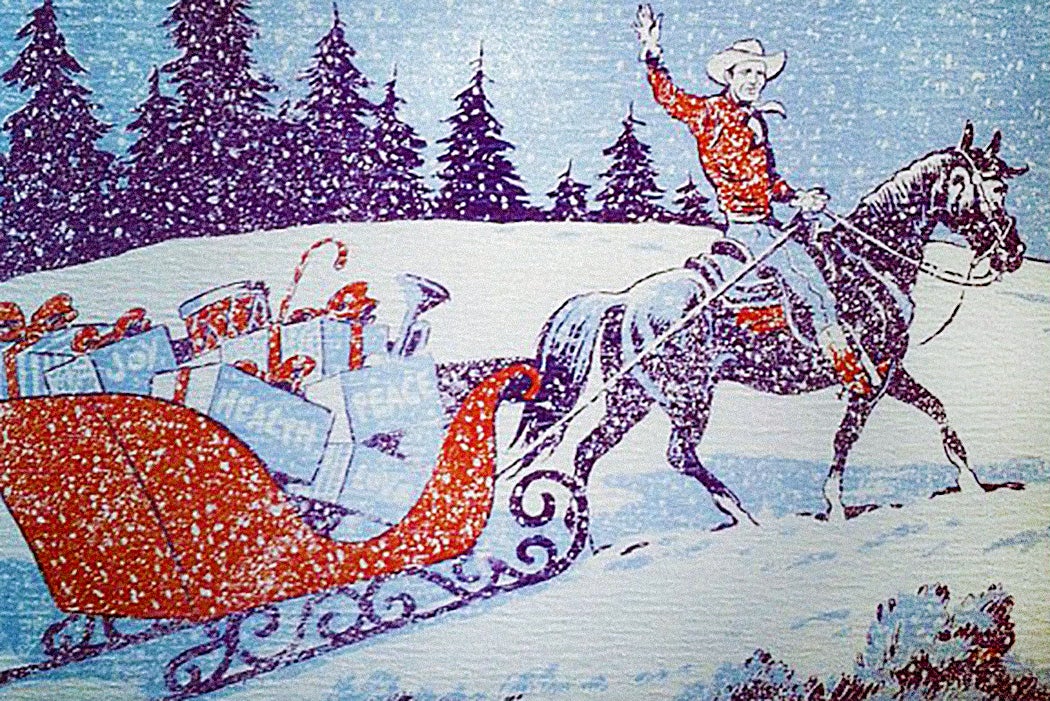If you put up a Christmas tree this year, where did it come from? If you were asked that question seventy years ago, there’s a strong chance your answer would have been western Montana. Rich Aarstad, senior manuscript archivist at the Montana Historical Society, explains how that region, and particularly the small rural town of Eureka, harnessed the economic power of America’s demand for Christmas trees.
Christmas trees became a common sight in the United States in the mid-nineteenth century, Aarstad writes. German immigrants brought the idea to their new homes, where many of their fellow Americans adopted it. The first known commercial Christmas tree farmer was Mark Carr of New York’s Catskill Mountains. In 1851, he cut several loads of the trees, selling them in New York City at a good profit and becoming a role model to other rural entrepreneurs.
For northwest Montana’s timber country, the growing interest in Christmas trees presented a much-needed opportunity. The first three decades of the twentieth century weren’t easy on the region’s logging industry. Falling lumber prices pushed wages down. Lumber mills shut down. The very survival of towns built around the industry, including Warland, Fortine, and Eureka, was in question. And then, in 1926, some Eureka residents decided to try taking advantage of the expanding Christmas-tree market, shipping a few thousand Douglas firs to other parts of the country.
“Delighted by the near-perfect quality of these trees, retailers in Seattle, Miami, and Chicago demanded more,” Aarstad writes.
Even better for Montana loggers, Douglas firs—admired at Christmas for their color, symmetry, and scent—were among the least desirable trees for lumber. Private land that had been stripped of pine and western larch still sported Douglas firs that loggers could easily fell for the Christmas-tree market.
By 1951, Montana supplied a sixth of the nation’s Christmas trees. Three years before that, Collier’s magazine sent journalist Rafe Gibbs to Eureka to write about the “Christmas Tree Capital of the Nation.” He described how the town, stricken by the 1924 closing of its sawmill, “like Marley’s ghost in Dickens’s A Christmas Carol…returns to life with Christmas.”
Weekly Newsletter
Through the Great Depression, Aarstad writes, locals scraped together extra money cutting trees. Women found work bundling trees, too. Production of Christmas trees in the state doubled between 1942 and 1956, hitting a peak of more than 4 million trees that year.
But even the state’s enormous forests couldn’t sustain that level of cutting. Diseases and conflicts among tree companies, landowners, and regulators also took a toll. Eventually, there were just too few high-quality trees, and workers took down less attractive ones. Buyers began to look to suppliers in other regions, where savvy landowners were starting up increasing numbers of Christmas-tree plantations. Montana’s Christmas-tree industry was not dead, but the little town of Eureka had fallen from its status as Christmas-tree capital of the nation.







